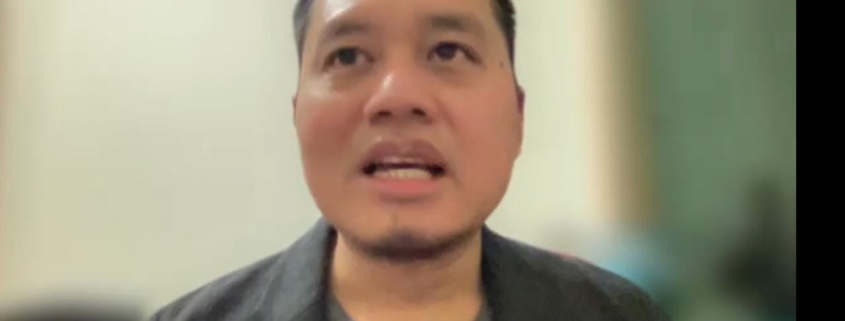Women Always Become Media Victims
The objectification of women in the media takes place in various forms and mediums. Starting from objectification in songs, films, advertisements, games, to journalistic content products. Women have always been objects and victims of media violence.
Iwan Awaluddin Yusuf said that something can be described as objectifying women if the content makes women objects, tools, and sexual commodities. “In addition, also check, are there any expressions, depictions, or dialogues that sound like harassment against women (body shaming, sexist jokes, etc.),” said Iwan who is also a Communications Lecturer at UII, on May 30, 2021, at the Women in Media Perspectives a public discussion: Is it true that women are objectified by the media?
This discussion by the Student Press Institute/ LPM Meets Pasundan University, besides presenting Iwan as an academic, also presented from the perspective of women activists Poppy Dihardjo, and journalist Nani Afrida. Poppy is the initiator of Women Without Stigma at @pentasindonesia and Nani is a journalist at Anadolu Agency.
Iwan added that the full depiction of the Male Gaze (male perspective) must also be checked whether he is dominantly present in the visual or audio depiction produced by the media.
According to a doctoral student at Monash University, Australia, this media objectification is often also present by putting women as a form of the perpetuation of patriarchal values.
In front of more than a hundred participants, Iwan said, in the world of film, the practice of media objectification often occurs as well. “Many films with the title women (widows) create symbolic violence against women and widows,” said Iwan. Not only in movies, this also appears in song lyrics that use widow’s diction. There is symbolic violence that appears in the choices of song diction.
Seeing Gender and Media Issues through a Media Ecosystem Approach
Women’s representation in the media from the past until now is not far from placing women as commodity objects and not serious subjects. “In the past, women have never been shown (represented) in serious content. For example, news, why are women presenters and how are they arranged?” Iwan asked. “Say no to objectification. Towards women, towards men, towards you, towards us,” added Iwan.
Iwan provides a way to overcome gender issues in our media. “This has been an issue for a long time. This is actually a good way to build an egalitarian media. For example, women become media leaders, become directors, and enter the internal media ecosystem,” explained Iwan.
In the past, the public was the audience. Now it has changed. When the public is able to produce their own media which is eventually called prosumer, the public should also be able to remind and report the media to avoid objectification of women by the media.
Why is it important to avoid objectification? If the media objectifies women, then what Iwan calls double victimisation. “So women are not tried to be victims twice. Victims of sexual violence perpetrators, even victims by the media because the stories are published by the media that make women victims and media selling commodities,” explained Iwan.




